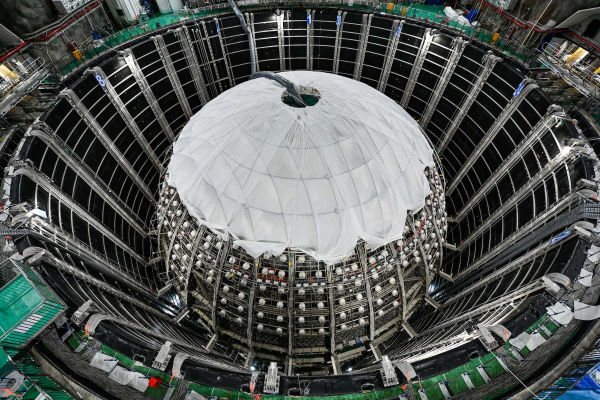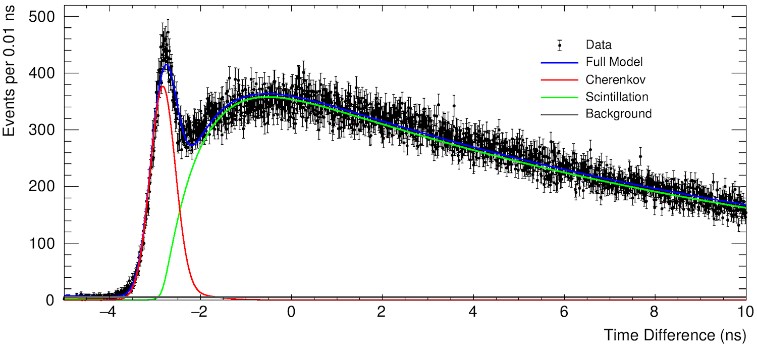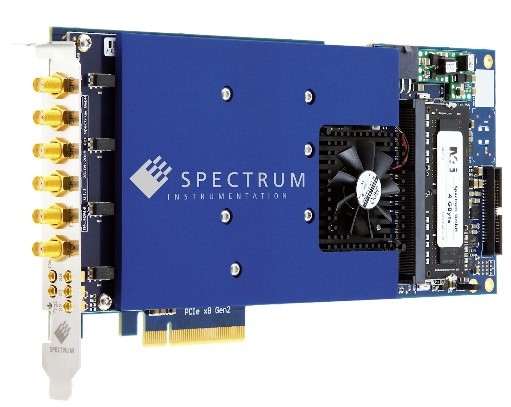Neutrino particles were believed to be massless until recently, but new theories suggest that they really have extremely small amounts of mass and can switch back and forth between three distinct “flavors.” Often referred to as “ghost particles,” these particles are extremely challenging to investigate since, for the most part, they pass through most regular matter undetected and unhindered, necessitating the development of specialized detectors.

The most recent one, known as JUNO, is situated 750 meters below the surface in Jiangmen, China. It is the result of a 400 million euro initiative involving 17 different countries, 730 scientists, and 74 universities and national laboratories.
In its official release, Spectrum Instrumentation reveals that its Ultrafast digitizer cards have been used to generate the liquid scintillator, which is the core part of the detector.
JUNO is located exactly halfway between eight existing nuclear reactors, which supply neutrinos for research. 20,000 tons of a specially created oil-like substance are housed inside a massive, translucent acrylic sphere with an inner diameter of 34.5 meters, which forms the center of the structure.
This liquid scintillator, which is housed in a huge 35,000-ton water pool, emits photons in response to interactions with neutrinos.
An array of about 45,000 photo multiplier tubes (PMTs) surrounds the sphere and detects photons. In order to analyze the liquid scintillators, which need sophisticated data capture, the teams at the Technical University of Munich (TUM) and the Johannes Gutenberg University in Mainz are conducting high-precision, lab-scale tests using M4i.2212 digitizer cards from Spectrum Instrumentation.
The JUNO detector will be the largest liquid neutrino detector ever constructed when it is turned on at the end of 2024. Our understanding of the interactions and characteristics of these elusive ghost particles will be significantly improved by the detector.
Neutrino Detection
The liquid scintillator is housed in the core acrylic sphere and is encircled by a water layer. Since even the tiniest amount of contamination could contain a radioactive element, both must be extremely pure.
Workers were required to wear two pairs of gloves throughout building because even a fingerprint’s sweat may contaminate and damage the entire endeavor. To protect it from ambient radiation, the detector is positioned 750 meters below the surface in a specifically excavated area.

A neutrino’s interaction energy is deposited into the molecules of the liquid scintillator (LS) when it interacts with it. The LS’s massive light output (usually > 10.000 Photons / MeV) guarantees an accurate measurement of the deposited energy.
Reconstructing the direction of the incident neutrino would also be very helpful. Here, physicists are provided with this information by pairing the faint but directed Cherenkov light from the neutrino’s initial passage through the water.
In order to facilitate simultaneous energy and directional reconstruction, the present development of liquid scintillators in Munich and Mainz aims to separate the fast but faint Cherenkov light from the main scintillation light. Consequently, the group led by Dr. Hans Steiger built a number of accurate tabletop experiments with improved time-resolution and light-collection capabilities.
“We chose the digitizer cards from Spectrum as they provide us with state-of-the-art performance but, unlike rival offerings, they are not expensive or custom creations,” said Dr. Hans Steiger, who is leading the project. “Spectrum’s modular approach means that we could specify exactly what we needed the cards to do so we were not having any compromises or wasting money on unwanted features. I love the fact that they are a standard PCIe product so that we can expand the system on a standard computer chassis as we received more funds. As a university taking part in major long-term international projects, we need to have reliable parts and Spectrum’s five-year warranty gives us peace of mind.”

JUNO Results Also Push Astronomy Research
In addition to reconstructing the event, the team helps JUNO with a calibration project. This describes the detector material with radioactive gamma and neutron sources in which the direction and energy of the incident radiation are known in advance.
“Our characterizations of the liquid scintillators are only possible because of the ultrafast digitizer cards that enable us to work with timeframes that are measured in picoseconds. Also, the dynamic range of 5V is much better than rivals that are typically 1V which means they can easily manage the 3V pulses in our PMTs that we encounter,” Meishu Lu, a PhD student in the TUM group pointed out. And Manuel Böhles working in Mainz added, “Spectrum has been really supportive in helping us working out the best solutions for our project and helping resolve any issues that we encounter with a phone call directly with one of their engineers. It’s great that they are committed to supporting fundamental research in many universities such as ours.”
The scintillation signal that provides the energy information is shown in the diagram after the initial pulse of the Cherenkov radiation. In fewer than two nanoseconds, this occurs. Combining these data allows one to identify the kind of particle and its origin. This might come from deep space, the sun, the earth’s core, or one of the Chinese reactors.
“We have never been able to know exactly where a neutrino was coming from in scintillation detectors before, so this opens up whole new areas of research,” explained Dr. Steiger.” “If, for example, a dying star, or so-called supernova, emits large amounts of neutrinos in the sky, we are now able not only to see the neutrinos but also reconstruct with high precision, the point in the sky, where this explosion took place. Effectively we now have a telescope to look into these different neutrino sources to better understand the processes. By detecting light over the entire spectrum, gravitational waves and now also neutrinos with high statistics, energy resolution and directionality start a new era of multi-messenger astronomy.”




